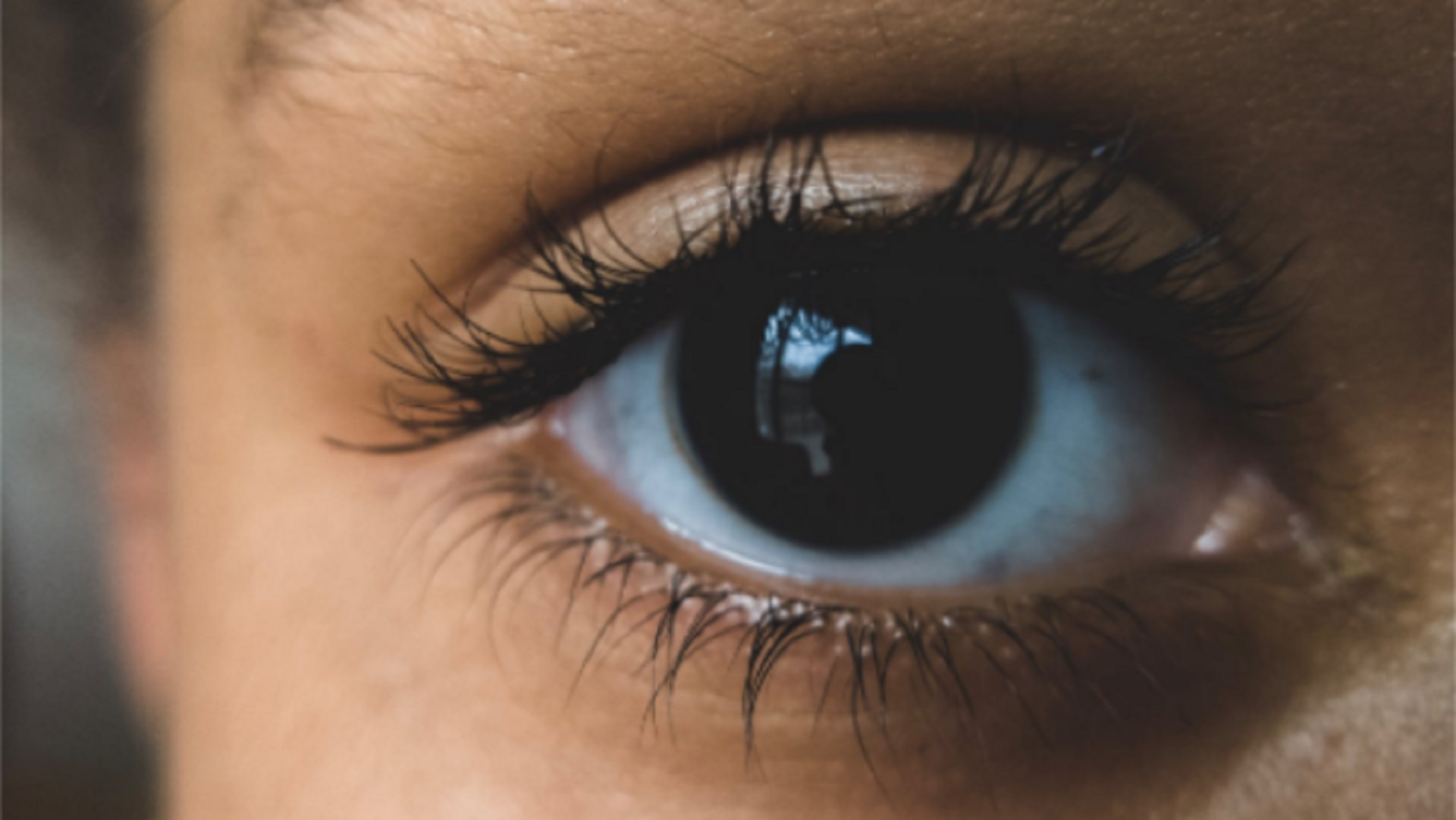Khandekar Jishan Bari
(Graduate Student, TIFR Hyderabad)
In 2013, researchers led by Siquan Zhu and Xu Ma published the results of a study that aimed to elucidate the genetic origin of cataracts in children. This study revealed a novel genetic mutation that alters one of the crystallin proteins in the eye lens. However, at that time, little was known about the role of this mutated protein in the manifestation of congenital cataracts. As a graduate student, I became interested in studying the structural changes associated with this mutant protein and the functional consequences thereof.
Before going into the details of my research, let us start with a brief background of congenital cataracts. Cataracts can be defined as a medical condition in which the eye lens becomes progressively opaque leading to impaired vision. Infantile cataracts account for approximately 20% of childhood blindness worldwide. The condition is usually diagnosed when it has progressed beyond a point of no return. Till date, there is no known cure for this condition. When it comes to existing treatment procedures, childhood cataract surgeries have their own complications. Many a time, cataracts that have been operated on in childhood years reset during adulthood.
The human eye lens is made up of a densely packed mass of proteins called crystallins. Due to their dense packing inside the lens, which is roughly the size of a small marble, the crystallin proteins interact among themselves. These inter-crystallin interactions are crucial in maintaining a high refractive index and transparency needed for clear vision. This mutation replaces a Glycine with a bulky Tryptophan in a crystallin as the 57th amino acid in its primary sequence. This genetic mutation is associated with childhood blindness. Curious about whether this mutation affects the function of the protein, I teamed up with Dr. Shrikant Sharma from Prof. K.V.R. Chary’s lab, and embarked upon addressing the possible consequences of altered intra-crystallin protein interactions.
We determined the high resolution three-dimensional structure and studied the conformational dynamics of the mutant protein using solution nuclear magnetic resonance (NMR) spectroscopy. These studies provided insights into the structural differences between the healthy and mutated forms of the crystallin protein. The high-resolution NMR structure of the mutant protein revealed that the Tryptophan residue at the 57th position is exposed to the solvent. Owing to its hydrophobic nature, this unusual solvent exposure leads to structural changes around the region of mutation.
The mutated protein contains two domains in its 3D structure: the N-terminal domain (NTD) and the C-terminal domain (CTD). We found that no intra-crystallin interactions were perturbed in the CTD. Our conformational dynamics studies with the help of NMR showed enhanced flexibility in the NTD of the mutant protein in comparison to its CTD while the healthy protein displayed similar dynamics in both its NTD and CTD.
Taken together, the key findings from our studies reveal that structural instability associated with aggregation in the mutant protein is not merely a result of global unfolding, but is rather manifested via site-specific structural rearrangements around the region of mutation. As discussed above, interactions among different crystallins are crucial for maintaining the transparency of the eye lens. Overall, while inter-crystallin interactions are a platform for understanding the advent of cataract, our biomolecular studies suggest that altered site-specific interactions within crystallins can also be crucial in understanding specific cases.
With the poor availability of ocular drugs in the market and an observed increase in the number of cataract patients across the globe, screening drug targets that can bind partially unfolded lens crystallins is going to be a task for the pharmaceutical industry. Structural studies on such proteins and a deeper understanding of their binding dynamics are a need of the hour. With continued research on the molecular dynamics underlying cataractogenic variants of lens crystallins, our study suggests that their structure-function paradigm can be tuned as we shift from physiology to pathology.
Feature image: Pexels
Read this article in Hindi, Telugu and Malayalam.

